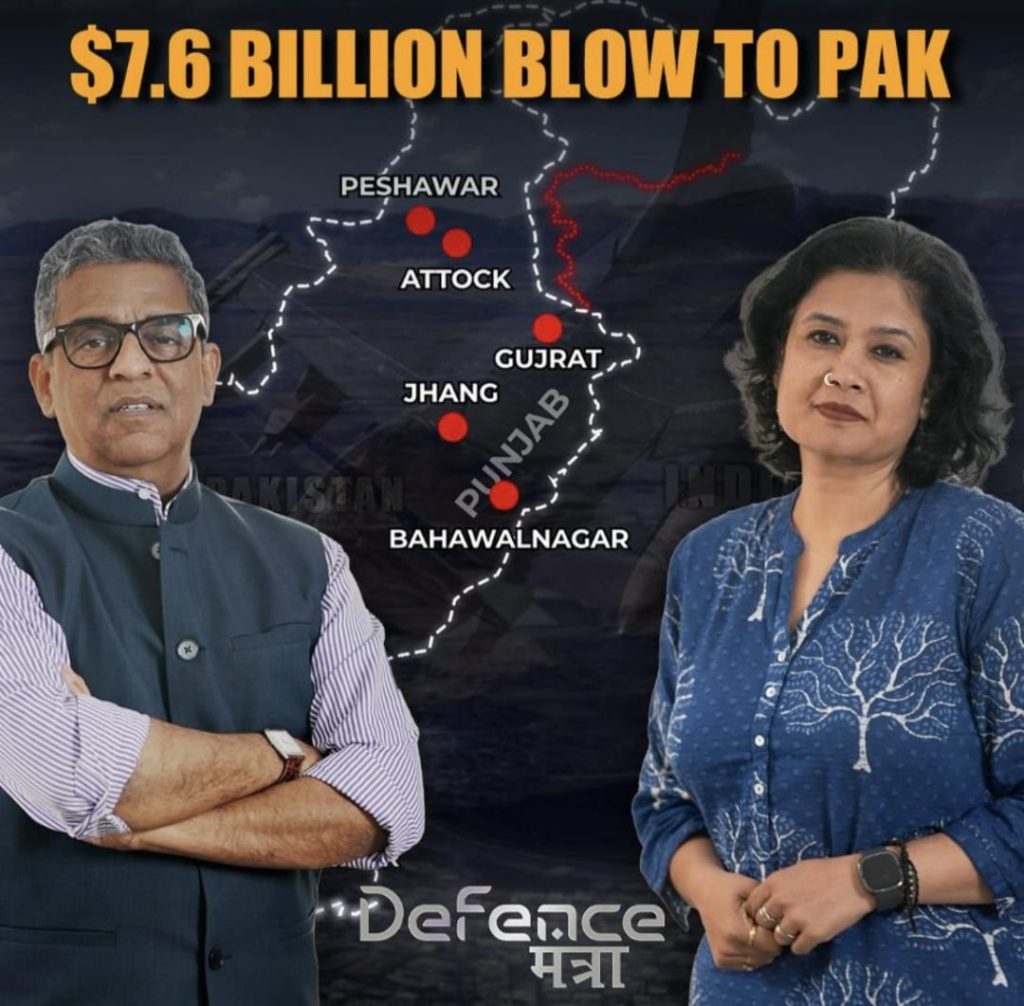
Why India Let Pakistan Reveal its Own Defeat
In a shocking turn of events, a recently leaked internal report and independent assessments have confirmed that India’s military operation against Pakistan resulted in the destruction of not five, but seven additional Pakistani military sites. This revelation has sent shockwaves throughout the region, with many wondering why India chose not to publicly announce these hits. In this blog post, we’ll explore the strategic decision behind India’s silence and how it allowed Pakistan to inadvertently reveal the scale of its own defeat.
For those who may not be familiar, the situation began earlier this year when tensions between India and Pakistan escalated following a suicide bombing in Kashmir that killed over 40 Indian paramilitary personnel. In response, India launched a series of airstrikes against what it claimed were terrorist training camps and infrastructure located in Pakistan. Pakistan, however, denied that any significant damage was done, claiming that the strikes were mere pinpricks and that its military had successfully defended against the attacks.
But a recently leaked internal report by Pakistan’s military suggests otherwise. According to the report, which was obtained by a Pakistani news outlet, India’s airstrikes resulted in significant damage to seven military sites, including radar stations, ammunition depots, and command centers. The report also confirmed that the strikes caused extensive damage to Pakistan’s military infrastructure, including the destruction of several key buildings and the disruption of vital communication lines.
Independent assessments by international analysts have also corroborated these findings, with many concluding that India’s strikes were far more effective than initially thought. According to a report by the Washington-based think tank, the Centre for Strategic and International Studies (CSIS), India’s airstrikes “demonstrated a significant improvement in Indian military capabilities” and “sent a powerful message to Pakistan’s military and political leadership.”
So why didn’t India publicly announce these additional hits? According to Nitin, an expert on Indian military strategy, this was a deliberate decision made by the Indian government to let Pakistan’s own repair tenders and leaks confirm the scale of the damage. By not publicly announcing the hits, India was able to deny Pakistan the opportunity to deny or downplay the extent of the damage.
“This was a strategic decision made by the Indian government,” Nitin explained in an interview. “By not publicly announcing the hits, India was able to prevent Pakistan from engaging in propaganda and denial, which would have undermined the credibility of India’s military operation.”
Instead, India allowed Pakistan to reveal the scale of the damage through its own internal reports and leaks. This not only confirmed the effectiveness of India’s military operation but also allowed India to maintain a level of plausible deniability. By not publicly announcing the hits, India was able to avoid giving Pakistan any ammunition to use in its propaganda war.
But the impact of India’s decision went beyond just the immediate propaganda battle. By allowing Pakistan to reveal the scale of the damage, India was also able to send a powerful message to its own citizens and the international community. The revelation that India’s military had destroyed seven additional Pakistani military sites sent a clear signal that India was willing and able to take decisive action to protect its interests and defend its borders.
This message was particularly important in the context of the ongoing standoff between India and Pakistan. The two countries have been at odds for decades, with periodic outbreaks of violence and tensions flaring up regularly. In recent years, the situation has become increasingly volatile, with both sides engaging in provocative behavior and escalating the rhetoric.
India’s decision to let Pakistan reveal the scale of the damage was therefore a strategic move designed to demonstrate its military capabilities and willingness to take decisive action. By allowing Pakistan to confirm the extent of the damage, India was able to show that it was a force to be reckoned with, and that it was willing to stand up to Pakistan’s aggression.
In conclusion, India’s decision to let Pakistan reveal the scale of its own defeat was a strategic move designed to achieve several objectives. By not publicly announcing the hits, India was able to deny Pakistan the opportunity to deny or downplay the extent of the damage, and to send a powerful message to its own citizens and the international community. The revelation that India’s military had destroyed seven additional Pakistani military sites sent a clear signal that India was willing and able to take decisive action to protect its interests and defend its borders.
As the situation between India and Pakistan continues to unfold, it will be important to pay close attention to the strategic decisions made by both sides. Will Pakistan try to escalate the situation, or will it seek to de-escalate tensions? Will India continue to employ its military capabilities, or will it seek to negotiate a peaceful resolution?
Only time will tell, but one thing is clear: India’s decision to let Pakistan reveal the scale of its own defeat was a bold and strategic move that sent a powerful message to the region and the world.
Source: https://www.youtube.com/watch






